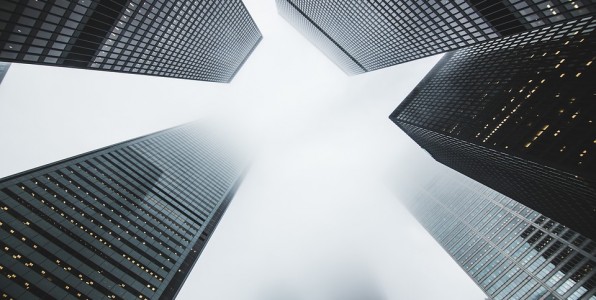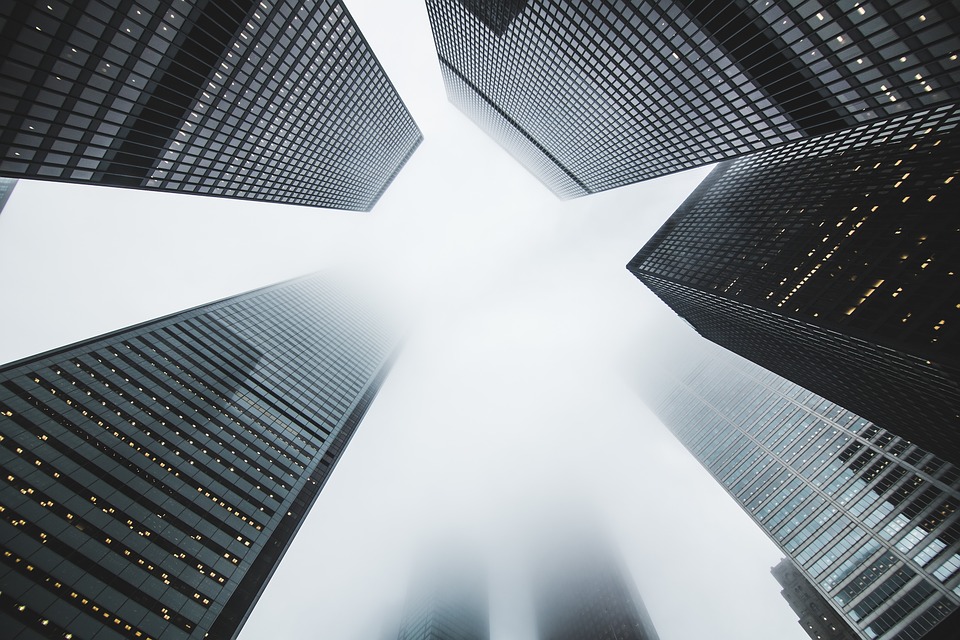Extra Considerations to Make When Designing a High Rise Building

Extra Considerations to Make When Designing a High Rise Building
High rise buildings are increasingly common because of the demand for high-density development. They allow people to live and work in close proximity to amenities. However, there are extra considerations to make when designing a high rise building that one doesn’t have to deal with when designing suburban homes and two-story office buildings. Here are a few of them.

The Importance of Safety during Construction
Construction is a dangerous
enough job as is. High rise construction is even more dangerous. Falling from
the roof of a two-story home will result in broken bones. Falling from the 20th
floor without adequate fall protection is lethal. Risk management is one way to
identify and mitigate these risks. Safety training before people begin work is another option, though it
shouldn’t be the only one.
Some risks only exist at certain
stages of the project. For example, you don’t have to worry about crane
collapses during preliminary activities. The damage high wind gusts can cause
exist at every stage of construction, though risks will increase with height.
The solution is planning for the risks that come with each stage of
construction and systematically eliminating or mitigating them. Having plans in
place so that you can continue work when high winds or bad weather make outside
work unsafe can minimize the disruptions to your construction schedule.
The Value of Policies that Improve Everyone’s
Safety
If safety training for everyone
before the start of the project is standard practice, you will minimize the
risk of someone getting hurt because they don’t know better. Encouraging open
lines of communication can help managers know when safety hazards need to be
addressed or employees are being pushed to cut corners on safety to meet
performance standards. Forbid smoking on the premises to minimize the risk of
fires and explosions and make monitoring of this part of the regular routine.
The Necessity of Planning for Emergencies
When the power goes out,
infrastructure like lights in common areas and elevators go out. This poses a
risk to the safety of people inside high rises. That explains why many building
codes make emergency generators compulsory for both new buildings and old
buildings.
Backup power must at a minimum
supply power to emergency lights and exit signs, and the backup power should be
separate from an on-site generator you may keep running. Work with electrical engineers to install
backup systems that meet the local building code, and consider backups of the
backups. If you can keep elevators running or provide near-normal power levels
while everyone else has gone dark, the building occupants will appreciate it.
The Long-Term Impact of Design Choices
Fall protection methods used
during construction include netting, standpipes, and sidewalk sheds. However,
buildings should be designed with the safety of occupants and maintenance
staff. Don’t ask someone to climb around on the outside of the building without
adequate fall protection to fix air conditioners or clean gutters. Install
railing, barricades, and other safety features where a fall could occur, and
make it durable to last for years.
Conclusion
High-rise buildings have many
benefits. However, they bring with them significant risks we can only mitigate
with detailed planning and constant vigilance.
Comments are closed